-
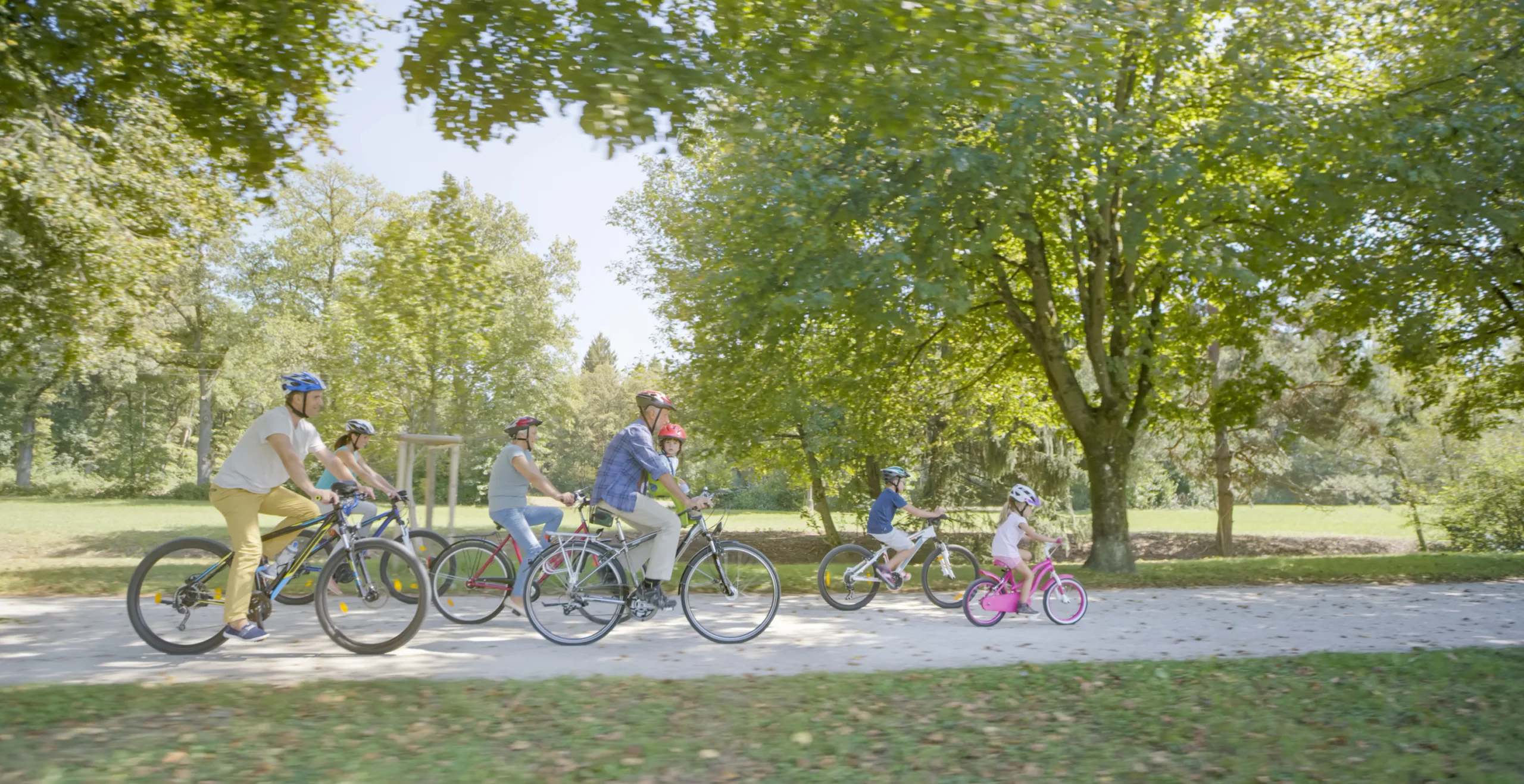
Ten years of data show the outdoor recreation economy has grown in nearly all states and is helping drive economic diversification and workforce development. Read more
-

The outdoor recreation economy is large, growing faster than the overall economy, and consists of jobs in many industries. Explore data by state. Read more
-
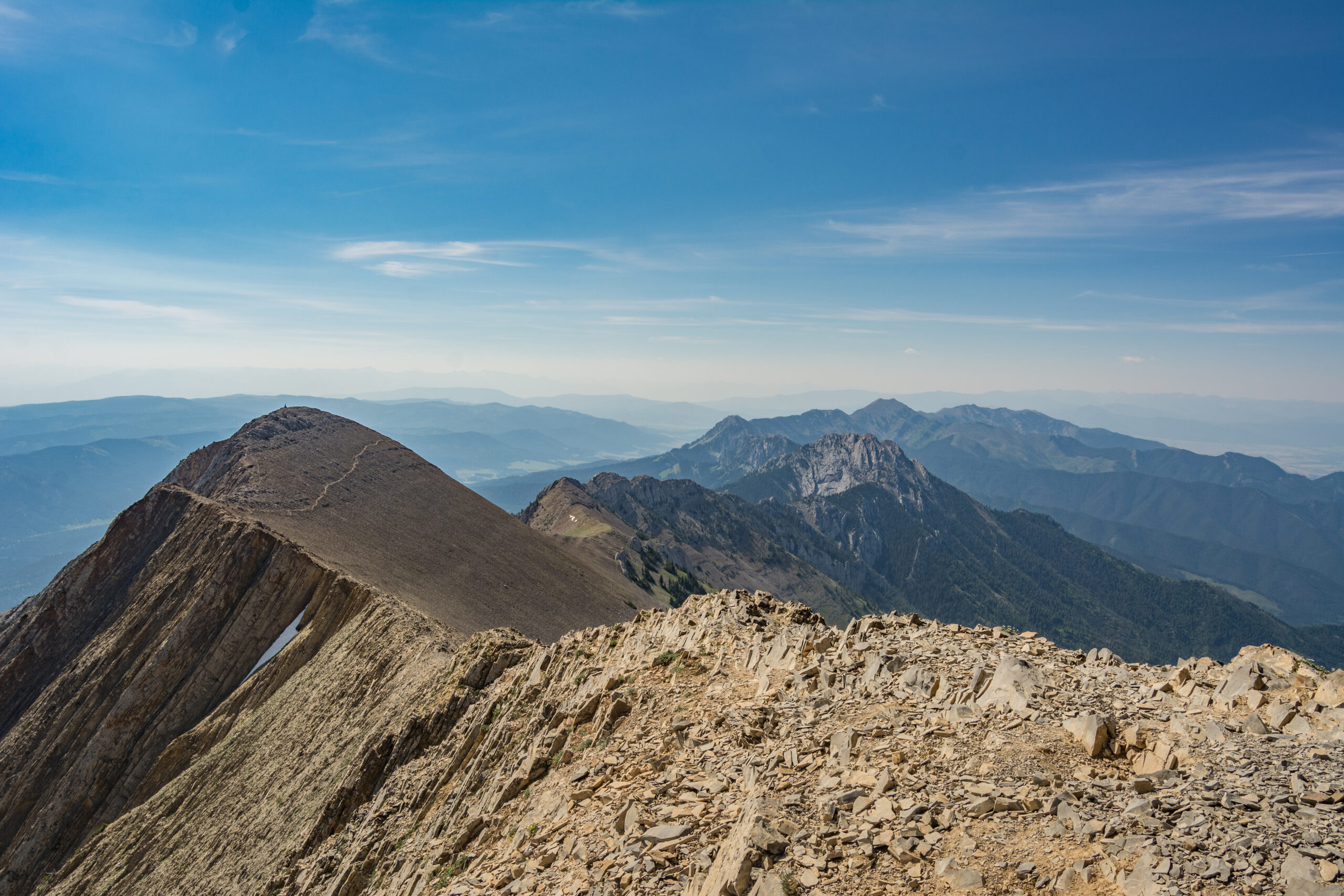
Better data is needed to measure recreational use on public lands. New, accurate methods are being pioneered in Montana’s Bridger Mountains. Read more
-

Amenity communities face unique challenges from waves of tourists and new residents. Proactive planning can help avoid being loved to death. Read more
-

Through 12 states and the District of Columbia, the Great American Rail-Trail® will attract 25.6 million trips and generate more than $229.4 million in spending. Read more
-

The outdoor recreation economy is strong, diverse, and growing, helping communities thrive. Read more
-
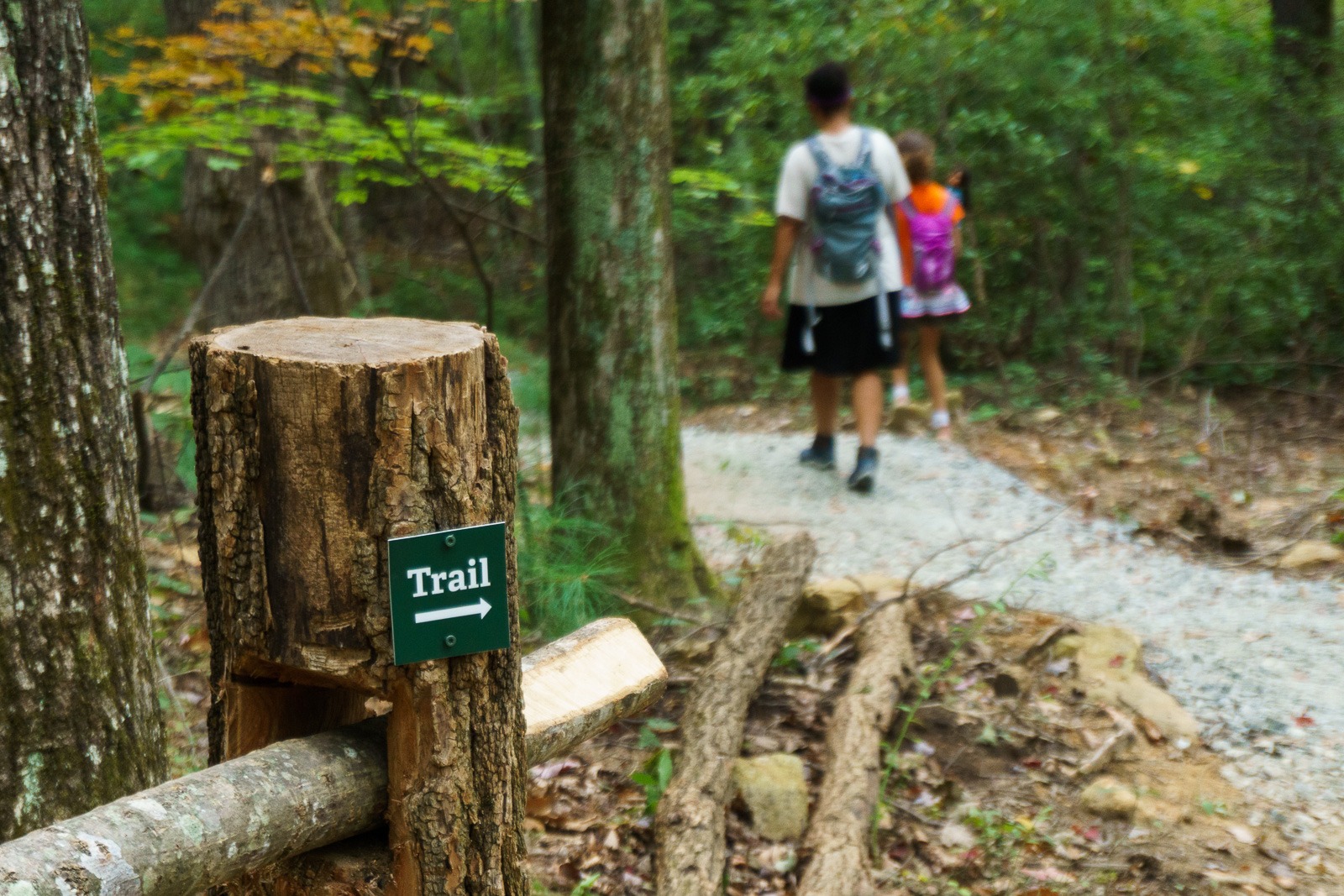
New data sources can change the way we count outdoor recreation, allowing trail managers to better advocate for improvements and plan for growing demand. Read more
-

The outdoor recreation economy contributes $7.8 billion, or 2.4% to Wisconsin’s GDP and generates more than 93,000 jobs across diverse sectors. Read more
-
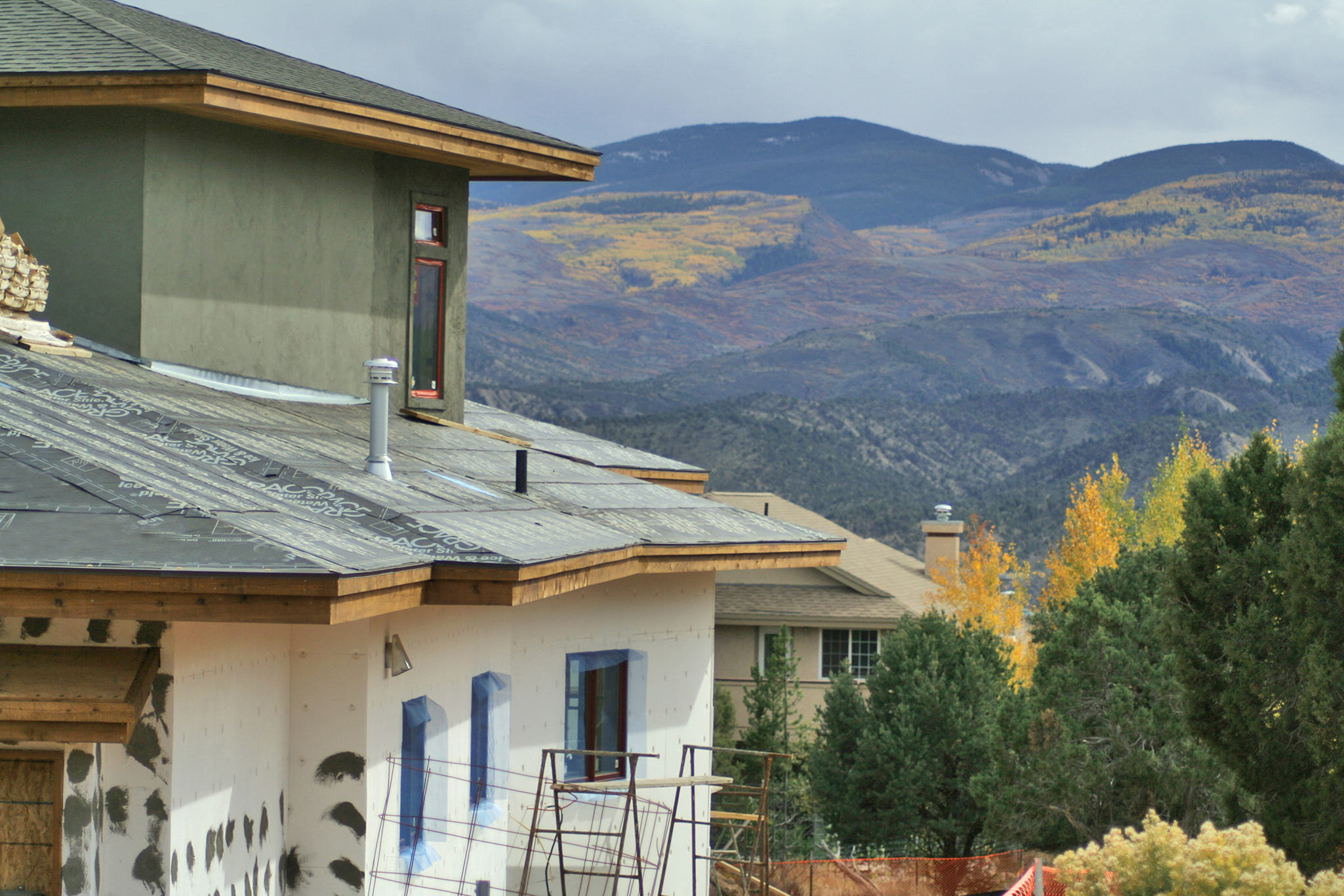
Recreation dependence, population growth from new residents, and income inequality are strongly associated with less affordable housing in non-metro counties. Read more
-
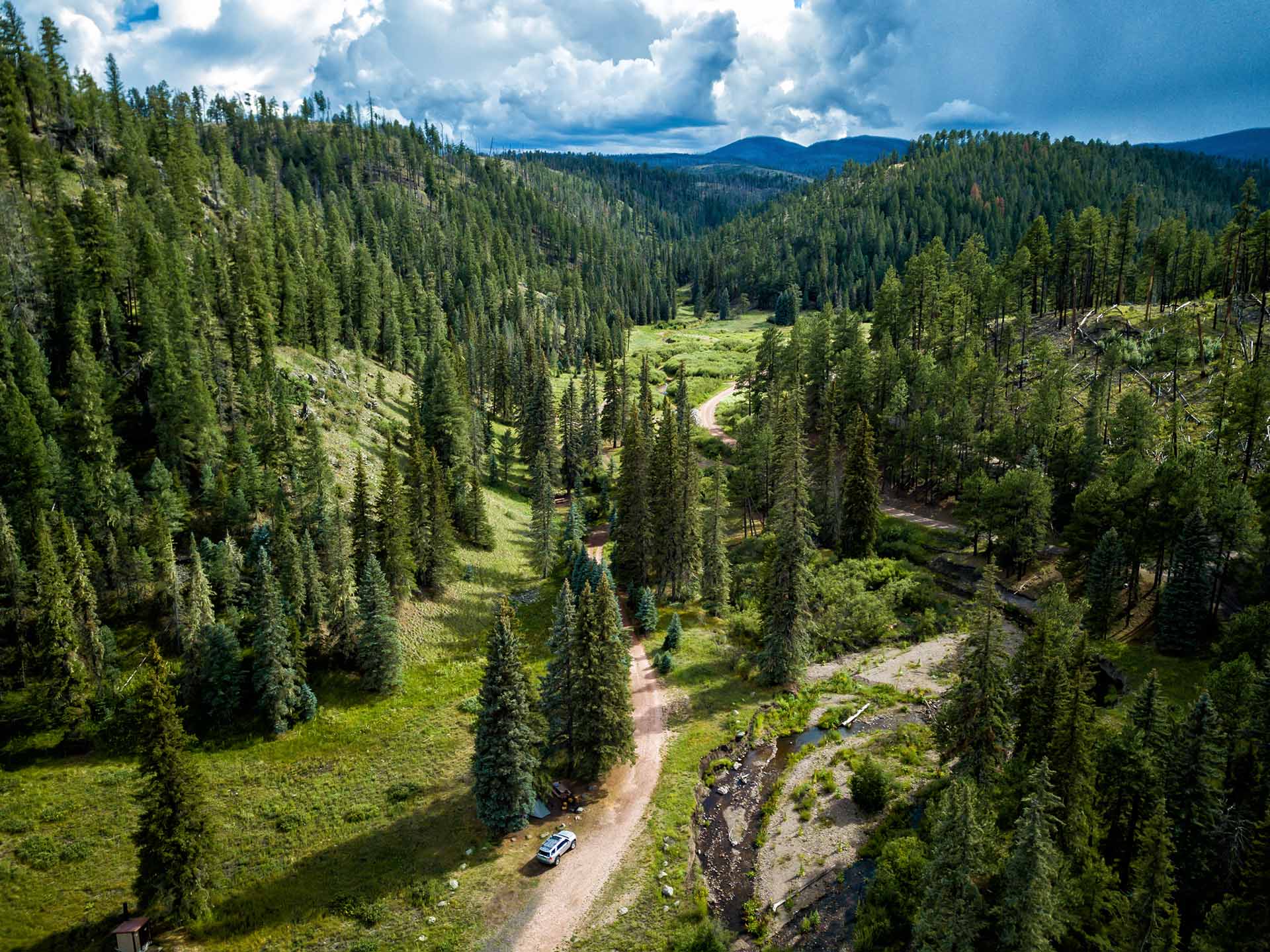
Outdoor recreation is a way of life and economic powerhouse for New Mexico. New Mexico residents enjoy outdoor recreation on more than 35 million acres of public lands and the outdoor recreation economy directly supports $1.2 billion in income and 33,500 jobs. Read more
-
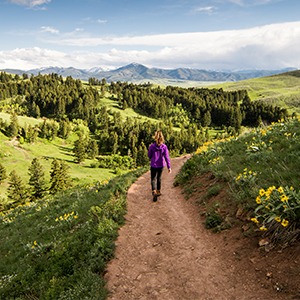
Montana’s outdoors attracts people and talent, creating jobs and a high quality of life. The outdoors is essential to the state’s future economic growth. Read more
-

Investing in outdoor recreation is one of several strategies that can help rural communities thrive in a changing economy. Read more
-
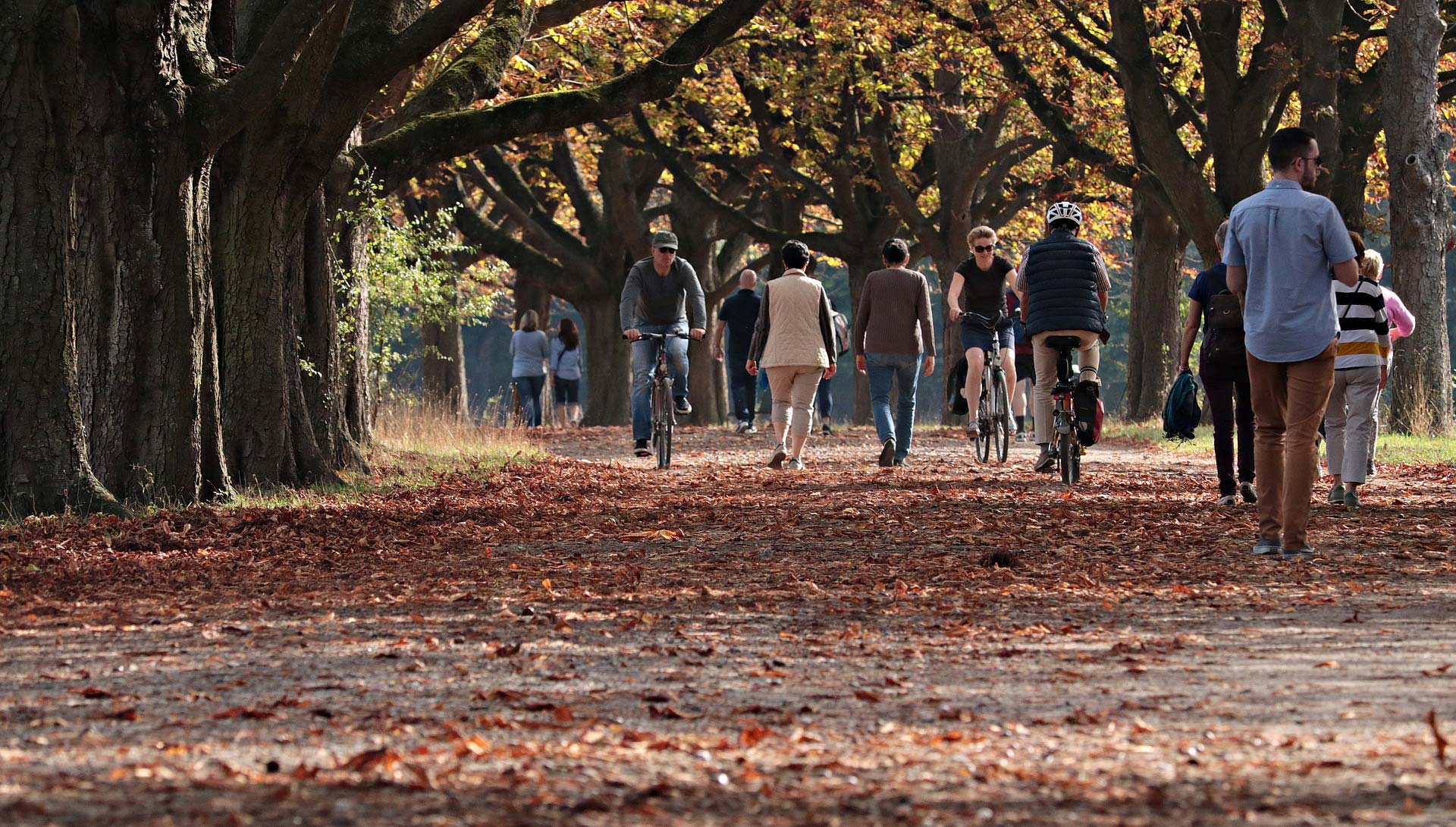
Recreation counties, especially in non-metro places, draw new residents and have higher incomes and faster earnings growth than places without recreation. Read more
-

A new report highlights the role of Montana’s outdoor recreation economy in spending, jobs, and economic diversification. Read more